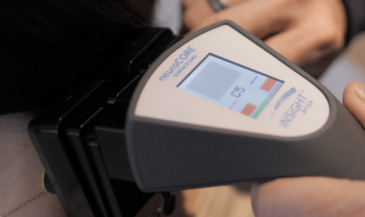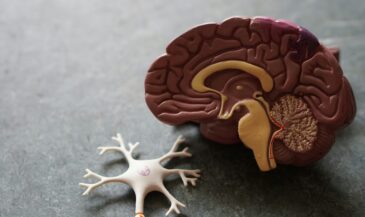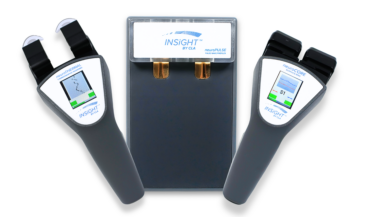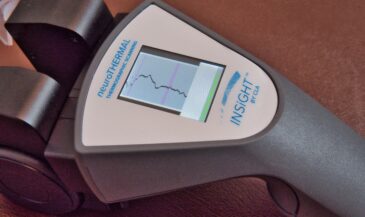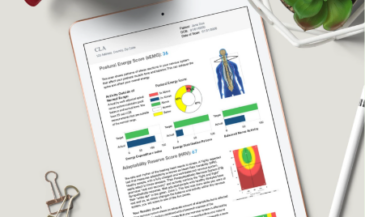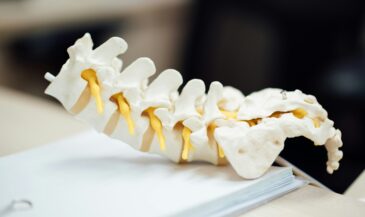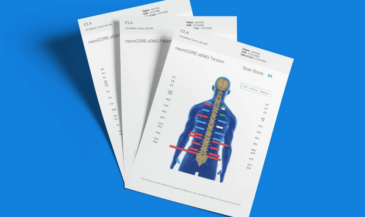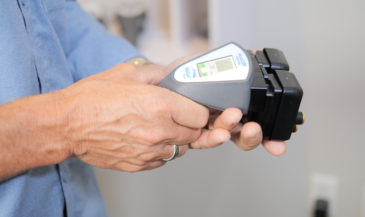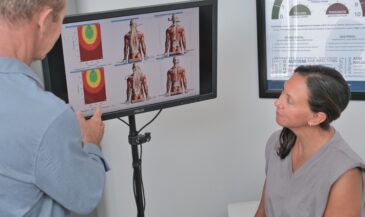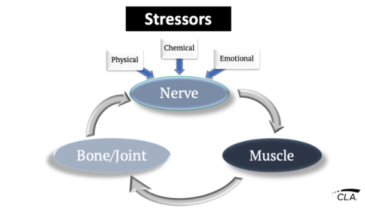In my November 1998 column (“The Mental impulse,” page 32), I presented an historical overview of the mental impulse. I stated that the mental impulse, as described by the Palmers, is not synonymous with Innate Intelligence or the neurochemical action potential. It is a “thought” which may be expressed through a variety of neurobiological mechanisms. These mechanisms include synaptic and non-synaptic processes. Boone and Dobson (1) described a model of vertebral subluxation which includes interference to action potential and interference to mental impulse.
In 1969, the physiologist Hewitt (2) proposed a classification of physical mechanisms associated with signaling in the human body:
1. Diffusion of particles along concentration gradients.
2. Diffusion of quanta along electromagnetic gradients.
3. Circulation within structured channels.
4. Wave propagation.
Diffusion of particles along concentration gradients includes osmosis and diffusion. It also involves the exchange of water and solutes at physical interfaces, and between body compartments.
The second mechanism, diffusion of quanta along electromagnetic gradients, includes well-established processes such as temperature gradients and vision. However, it has the potential to explain field effects and other non-synaptic mechanisms of information exchange.
Circulation within structured channels describes the flow of blood, lymph, cerebrospinal fluid, and axoplasma. Biochemical mediators may be transmitted through these channels, as well as trophic factors, nutrients, hormones, and metabolic by-products.
Wave propagation refers to compression/rarefaction cycles, such as sound waves, and rectilinear displacements, such as arterial pulsation.
These physical mechanisms are operative in both linear, synaptic processes and non-linear, non-synaptic processes. As an example of a non-synaptic mechanism of neurologically mediated communications, consider the neuropeptide network.
Pert (3,4) and associates described a “psychosomatic network” composed of neuropeptides. It has been postulated that the neuropeptide-receptor system is a bidirectional communication system between the nervous system and immune system, as immunocytes produce neuropeptides and nerve cells produce immune-associated cytokines. Pert describes this system as “parasynaptic.” (5)
Neuropeptides are short chains of amino acids. The dorsal horn of the spinal cord is richly endowed with neuropeptide receptors. Since the dorsal horn is where sensory information from the periphery makes synaptic contact with the central nervous system, it is noteworthy that a non-synaptic or “parasynaptic” mechanism shares the same anatomical locus.
Neuropeptides have been described by Pert as “the biochemical substrates of emotion,” who noted that core limbic brain structures are infused with neuropeptide receptors (5).
The significance of this non-synaptic system is profound, and demonstrates that the concept of a “mental impulse” has a biological basis beyond the “hard wired” system of electrochemical nerve impulses.
As Pert wrote, “The bodymind can no longer be wholly characterized as a hierarchal system of hard-wired connections that descend down from a putative ruling station (the brain), but rather as an expansive network of free-flowing information transmitted by molecules that enter at any nodal point and move rapidly to any other point.” (6)
Pert’s insight is clearly compatible with the chiropractic concepts of innate intelligence and mental impulse. Pert wrote, “The integrity of the bodymind is protected and preserved by an internal healing system — a multidimensional entity guided by emotions and their biochemical substrates — vibrating with intelligence and purpose, without functional boundaries inside the human organism.” (5)
References
1. Boone WR, Dobson GJ: “A proposed vertebral subluxation model reflecting traditional concepts and recent advances in health and science.” Journal of Vertebral Subluxation Research 1996;1(1):19.
2. Hewitt WF: “Somatic aspects of applied physiology.” In Hoag JG (ed): “Osteopathic Medicine.” McGraw-Hill Book Company. New York. 1969.
3. Pert CB, Ruff MR, Weber RJ, Herkenham M: “Neuropeptides and their receptors: a psychosomatic network.” J Immunol 1985;35(2):820s.
4. Pert CB: “The wisdom of the receptors: neuropeptides, the emotions, and bodymind.” Advances 1986;3(3):8.
5. Pert CB, Dreher HE, Ruff MR: “The psychosomatic network: foundations of mind-body medicine.” Alternative Therapies 1998;4(4):30.
6. Pert CB: “The Molecules of Emotion: Why We Feel The Way We Feel.” Scribner. New York. 1997.





